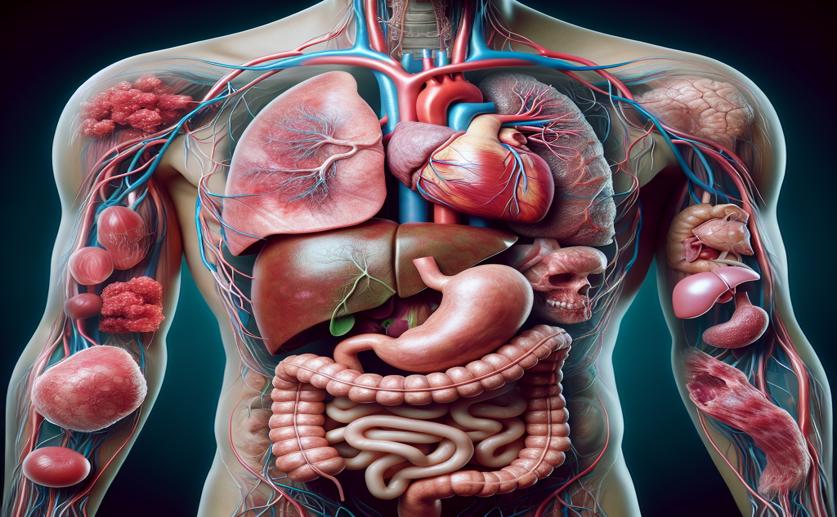
How Cancer Wasting Syndrome Affects Multiple Organs and Tissues
David Palenski
24th January, 2024

Image Source: Natural Science News, 2024
References
Main Study
1) Progressive, multi-organ, and multi-layered nature of cancer cachexia.
Published 22nd January, 2024
https://doi.org/10.1111/cas.16078



 16th January, 2024 | Jenn Hoskins
16th January, 2024 | Jenn Hoskins